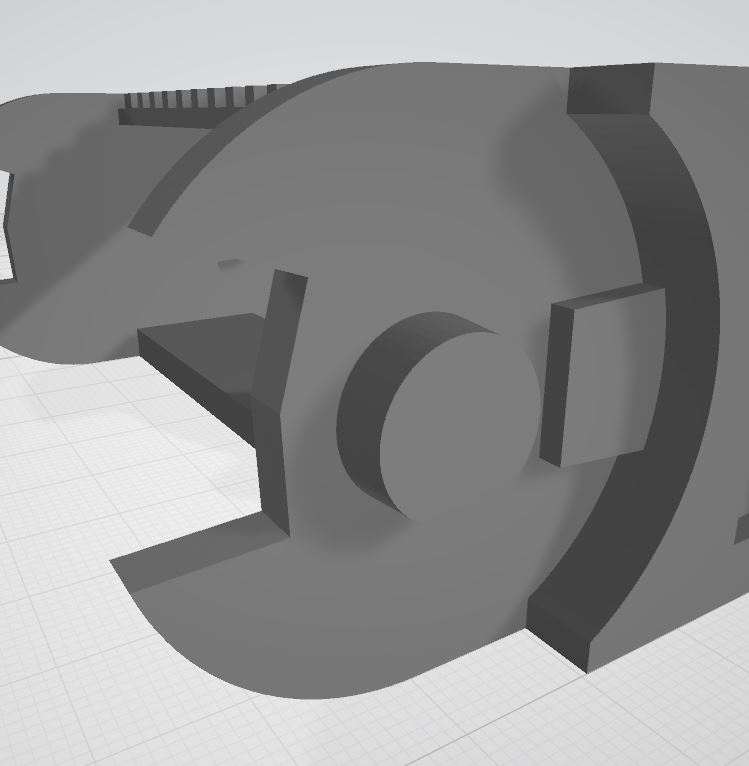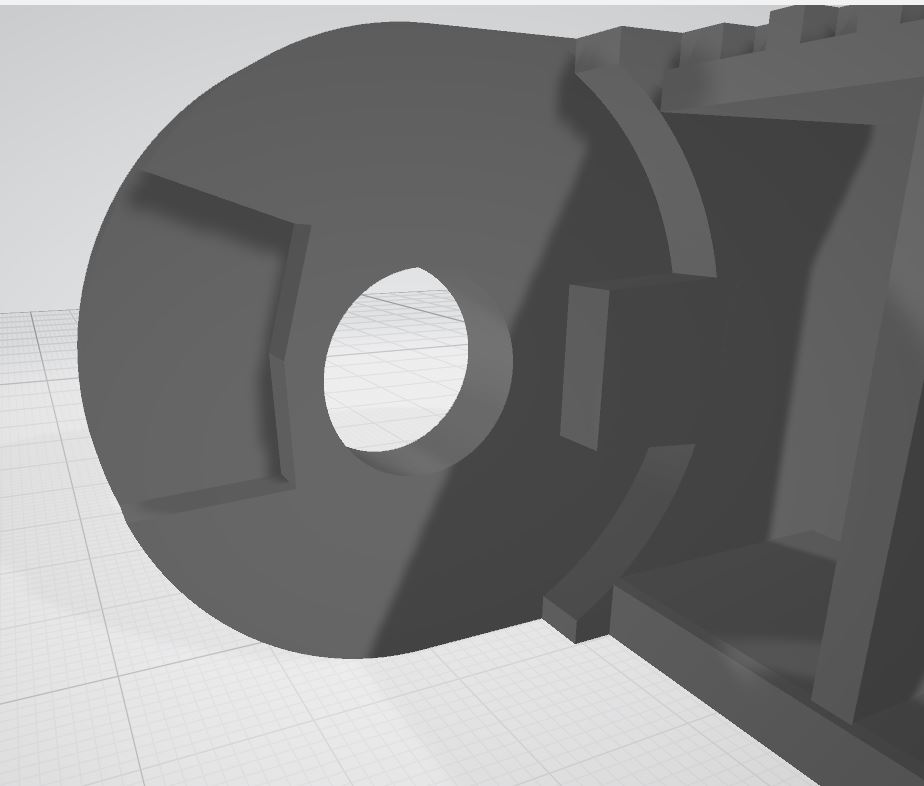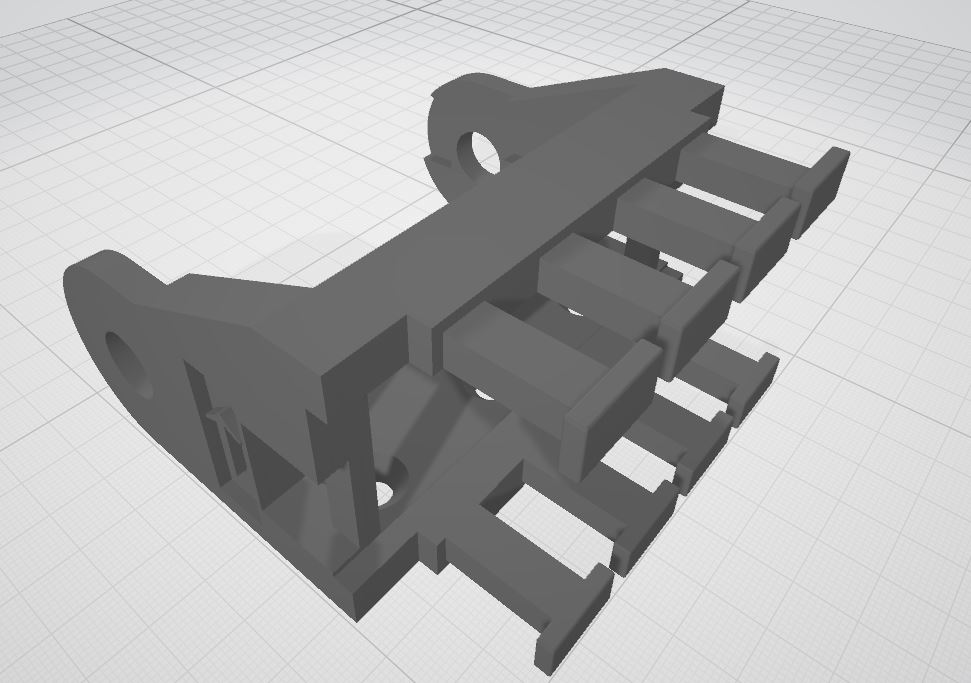- 6 Posts
- 56 Comments

 1·6 months ago
1·6 months agoThey used 1 resistor for CC1 and CC2. The fix and correct implementation was to use one resistor per CC-line (two in total).

 121·6 months ago
121·6 months agoThe issue was they didn’t direct the stock to the industry. They directed the stock to large customers and the small companies had no inventory at all for years or were squeezed (by the market) to the limit with a Pi4 going for $200 and more instead of $50.
The Pi CEO already went out in an interview and was like we did the right thing and would do it again. As such it was pathetic (to me) when they launched the Pi5 and were like community first. To be honest, they probably know that they need initial community support/software packages to sell it to their primary customer: Big companies.

 24·6 months ago
24·6 months agoI agree that the 3B+ was the best Pi but for other reasons:
- The Pi 3B+ had the perfect balance between performance and price with the performance being good enough at the time.
- Design flaws at launch. Remember the Pi4 CC1 & CC2? POE getting pulled from the market?
- Pi5: 5V 5A USB-C??? There is now 45W USB-PD (@15V) that would be compatible with generic PSUs but they went proprietary with 5A@5V.
- They put big customers first and let everybody else starve during the shortage. This forced me to alternatives and I have to say they work just as good and cost less.
- Jacking up retail prices: Even Intel x86 is now cheaper than a Raspberry Pi.

 3·9 months ago
3·9 months agoA little bit more background: I wanted a small drag chain with a bending radius not larger than the height of the toolhead.
more conductors = thicker cable = larger bending radius = bad (this application)
What can I do?
multiple cables = more cables but thinner = smaller bending radius = good
What drag chains can I buy?
At most I can fit 3 cables within those small chains. How many conductors do I have to work with? 12
4 conductors are required for the stepper motor. This means I have a total of 8 left. With some combining (e.g. not running nets/connections that would be anyway joined on the mainboard) and generating the voltages locally you can actually wire an entire hotend with 8+4 conductors. None of the commercials available have done that. With the CAN options it’s nolonger an issue as there are cables with thick power/GND conductors and controlled impedance for the two CAN data lines.
you can reinforce your cabinet with some metal brackets or stop vibrations with rubber or similar
Printer on a concrete or stone slab decoupled with thick rubber. Make sure the cabinet can handle the weight as you are adding roughly 30-40kg on a 25x25cm area.
To keep alive the community that maintains the packages that businesses use? /s
There are a few things you won’t forget and the last years were one of those events. Thankfully the competition made leaps forward regarding software support.
Do you remember FTDI-gate 1 & 2 (approx. 1 decade ago)? I do and FTDI never made it back onto my BOM and probably never will again, at least until SiliconLabs, WCH, and Holtek screw it up.

 321·9 months ago
321·9 months agoWood stoves are a major problem. As soon as it gets cold in Germany, air pollution rises from below 5µg/m^3 to 20-100 µg/m^3 and stays there for months (in this particular area).
Well … I think the Middle East wants to enter the chat. Multiple wars, multiple revolutions, and multiple plagues.

 2·10 months ago
2·10 months agoI make my own when I need them, so I am not aware of good models for the Ender 5. With the points mentioned, I think you could tell whether a chain is good or not.
Quick search. This looks promising: https://www.thingiverse.com/thing:4635454
This is the interface/linking I use. One detail that isn’t visible: the “hub” isn’t a cylinder. It’s a truncated cone.


end pice:


 1·10 months ago
1·10 months agoTL;DR No.
short version: No. Bad design.
longer version: Drag chains 101: defined bending radius, no overlapping cables, and strain relief on both ends. This design has none of those properties.
very long version: Read up on energy chains.

 2·10 months ago
2·10 months agoTwo options:
1.GFK road as a stiffener.
- Energychain/dragchain.
If you want it simple and cheap use the GFK. Otherwise, opt for the drag chain. If you need help selecting the chain feel free to ask. Btw. Upgrade to the Biqu CAN hotend/adapter and use a single can-bus/fieldbus cable.
Don’t breathe it; don’t get it on your skin and wear safety glases. Don’t flush it down the toilet.
Gloves: Those single-use gloves are spill protection and nothing more. If you can avoid touching resin avoid it and swap them immediately if they contact resin. Keep in mind that approx. 1-2 gloves per box (100 pcs.) can have holes/defects.
For waste treatment: Follow local guidance. As a rough rule of thumb: expose the resin to the sun (fully cure it), let the IPA evaporate and dispose it as a solid.
Flammable liquid storage: Keep the amount stored (inside) as small as possible. If the room is an escape route move your IPA washing station to a different room. Obviously, have a smoke detector in every room of your household, test them every few months and replace after 10 years.
How to check for contamination? Most printer resins are UV-reactive. Get a handheld UV-lamp/black light (those to check bank notes) and if anything lights up in green (fingerprints or spots) you have contaminated it with resin at some point (unless the object/material is also UV-reactive). Especially at the beginning, such a device is useful for learning good work practices (e.g. resin on the glove and touching the curing station or spills on the silicone matt around the washing station).
Any chemical is as safe as you make it: If you are careless it’s dangerous. You do your homework and it’s suddenly safe to use.
If you don’t feel safe or scared by a chemical don’t work with it. In this case ask around if somebody already does resin printing and get familiar with it before doing it on your own.
Let’s say the chemicals aren’t healthy. Disclaimer: RTFM (MSDS and technical datasheet) and consult with professionals.
There are a few issues here at play. One major issue is that repeated exposure has a risk of sensibilization. Once this happens there is no way back. Your life will change.
The consumer industry has already moved. I remember explaining to Anycubic sales what an MSDS is and why I need it (if you need a good argument in such conversations: REACH). These days you can download it on their website.
To this day the packaging might not be CLP conform. At least their marketing got better: Water washable has now a section about waste treatment but plant-based resin is still advertised as “low odor and safe to use” or “truly environmentally friendly”. Worst of all they still suggest that the odors are safe to breathe as everything is soybean-based: The truth is they aren’t and neither is it soybeans. What once was soybeans is heavily modified.
Sadly this is not just an Anycubic issue.
Btw. If you use Anycubic though resin: According to their MSDS they switched the product and kept the name the same (approx. 2 years ago).

 3·10 months ago
3·10 months ago0.3%. Instrument limitation. So it’s actually <0.3% for 465nm to 200nm.

 4·10 months ago
4·10 months agoThey do and it’s China. That’s why I measured it in the first place as I wasn’t sure they get the area around 400-430nm without gaps where you still have significant emissions from the LEDs.
The good news this particular color blocks all the wavelengths without gaps.

 6·10 months ago
6·10 months agoHard to argue against measured data (window from an Anycubic printer).
If you notice your pure acrylic is blocking below 400nm. This orange is good for below 460nm and the reason it looks orange and not transparent.
2 is mixing hotends. What you describe is 3 (y-splitter with the splitting integrated into the heat sink). They suffer basically the same issues like an “external” y-splitter. You can get them to work but changing materials requires you to do all of the painful setup/calibration once more.
.
That they don’t have oozing issues is correct but I never mentioned this in the first place.
.
The main issue with 2 (mixing) is cooking the filament and slicers aren’t great at this (operational challenge). There are more pro and cons but I think in the end it boils down to two applications: 1. cheap to integrate. 2. While they are advertised as mixing hotend the result is on pair with dual color/extrusion filament.
1 (Two hotends): Can be difficult to setup. Requires raising/lowering and ooze shield to lift and block the nozzle. Very reliable and no purging. My recommendation.
2 (dual filament hot end): Easier than option 3 but getting it reliable might be challenging and adds the constrain of filament cooking (requires extrusion of both frequently during the print or the filament/hotend will be damaged)
3 (y splitter): Requires a high-quality y-splitter and perfect setup. Very difficult to nail it reliably. Not recommended if it can be avoided.
more options:
-
ERCF/MMU/AMS: Overkill for 2 materials and purge block required. Setup is as bad as two hotends.
-
Toolchanger: Overkill for this. There are applications where they shine but for this general task they are expensive overkill.
-
Mosaic pallet. Interesting option but expensive. No printer modification required.
-

 5·10 months ago
5·10 months agoAbrasive blasted for the perfect balanced of destruction free removal and print sticks.




For Germean voters there is the WahloMat to help with the voting choice (a dozen of questions and in the end shows how much overlap there is with all the parties): https://www.wahl-o-mat.de/europawahl2024/app/main_app.html
The major issue is that if you care about CopyRight: Party A. Easier to comply with regulation: Party B. Migration: Party C. Environment: Party D.
And all of the choices (A-D) have some very removed, prominent positions that you strongly oppose and in the end, have no clue what to elect and choose the least worst option and hope for the best.